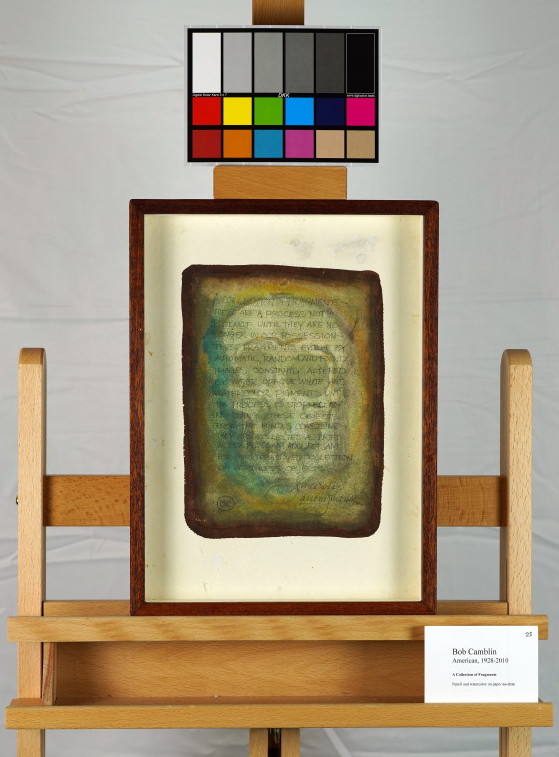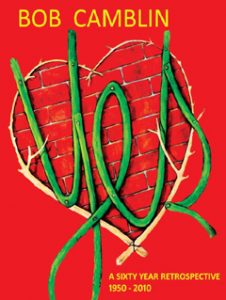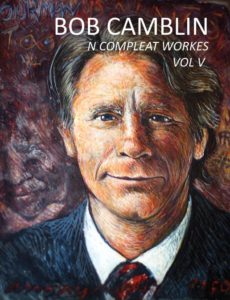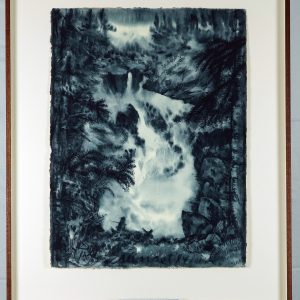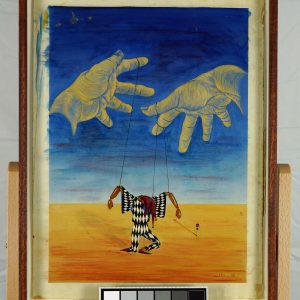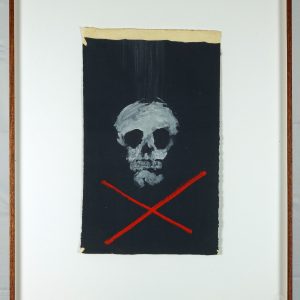Description
A Collection of Fragments, no datePencil/watercolor on paper
Signed anonymous and BC (what’s the reason for this?)
10 x 7 in. (image)
14.75 x 10.75 x 2 in. (frame)
Original, includes certificate of authenticity from ArtTrust
This watercolor “a collection of fragments” contains text that reflects the nature of fragments and the evolution of found objects through artistic processes.
The piece seems to revolve around themes of impermanence, transformation, and the relationship between the natural world and the artistic process. The concept of fragments evolving over time through the influence of external factors parallels the transient nature of human experiences, which are continually reshaped by memory, perception, and interaction with the world.
In Zen, the notion of impermanence (anicca) is a central concept. The text suggests that these fragments are in a state of flux, evolving and transforming until the process is intentionally halted. This aligns with the Zen idea that nothing remains static; everything changes moment by moment. In this piece, the act of stopping the process by “removing these objects from the mind’s coastline” could be seen as an intentional act of mindfulness, where one steps away from attachment to outcomes and appreciates the present moment as it is.
The I Ching (Book of Changes) emphasizes the natural cycles of transformation. This artwork mirrors Hexagram 49, “Revolution (Molting),” which signifies the shedding of the old to embrace the new. The fragments that evolve through random and found images, altered by various pigments, resonate with the idea of necessary change for growth and renewal. The process reflects the yin-yang interplay of formation and dissolution, where removing the objects from the artist’s possession can be likened to letting go of the past to embrace a new phase.
Combining these perspectives, the artwork speaks to the inherent nature of art as a continuous cycle of creation and destruction. The described process of “automatic, random and found images” evolving until the process is stopped suggests an organic form of creation that mirrors life itself. By embracing both intentional actions and the forces of chance, the artist acknowledges the role of the unconscious mind in shaping our experiences. The collection of fragments represents the search for meaning in a world that is simultaneously shaped by both human effort and natural forces.
The approach of using automatic processes and found objects has roots in the Surrealist movement, which sought to tap into the unconscious mind as a source of creativity. Techniques like automatic writing and collage were used by artists such as André Breton and Max Ernst to bypass rational thought. The description of evolving fragments shares this intention of exploring beyond conscious control, allowing the artwork to emerge organically from materials and the artist’s interaction with them.
The style of this piece aligns with the later influence of Abstract Expressionism, where artists such as Jackson Pollock engaged in action painting as a way to express the subconscious mind. Here, the use of watercolor and alterations by opaque pigments reflect a dialogue between the artist’s intentions and the spontaneity of the medium, blending structured effort with the unpredictability of natural processes.
*Shipping cost will vary, please inquire at sales@camblingallery.com before purchasing.
Currently ships from California, USA
Member of artnet? Apply for a discount! Inquire about intergallery and permanent loans for museums.
“A Collection of Fragments” was featured in his Yes Retrospective and in volume IV of the series Bob Camblin N Compleat Workes.
Reproductions of this drawing are available in multiple sizes!
Click here to use our high-resolution viewer!
This artwork is available with a non-fungible token to ensure traceability and transparency of provenance.
The royalty factor – Unlike traditional artworks, such as paintings, mosaics, statues, and the like, NFTs can be programmed to provide royalties to you every time the painting (and token) is sold and resold – for eternity. That mind-bending Camblin you sold could be worth millions one day and provide income for your great-great-great grandkids!
Anti-forgery – The central idea underpinning NFTs is that they are built on the blockchain, which is meant to offer advanced security. Think of it like an un-erasable and un-avoidable copyright.
Easy authentication – Another compelling aspect of NFT art and NFTs in general is the ability to quickly and easily authenticate items, as the record of ownership is scrupulously kept on the blockchain.
